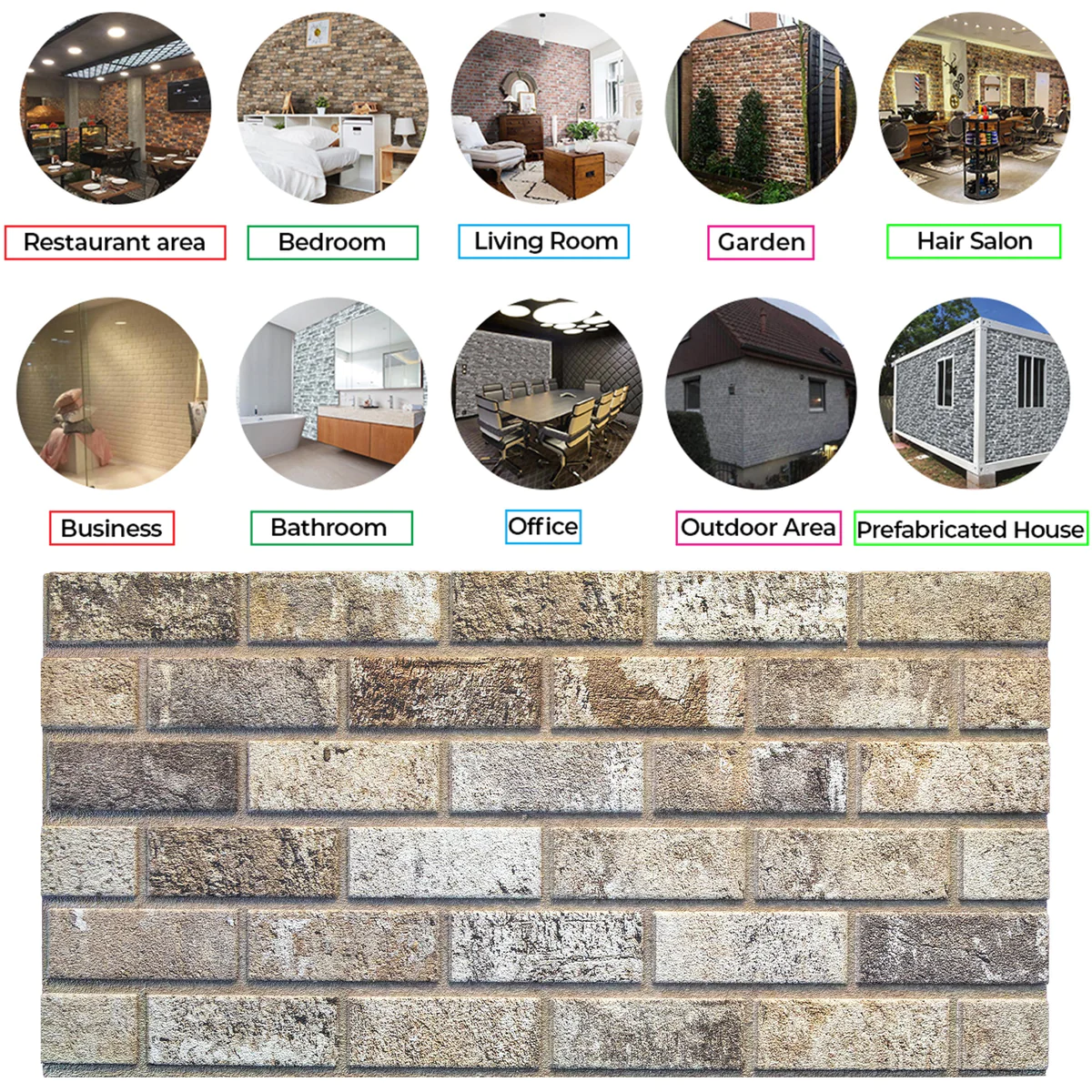Exterior Designing that Reflects Your Local Climate

Your home is your sanctuary, a place to relax and feel comfortable. But have you ever considered how the design of your exterior can actually enhance that comfort and even save you money? The key lies in designing with your local climate in mind. It’s not just about aesthetics (although a pretty house never hurts!), it’s about creating a home that works in harmony with its environment.
Think about it: if you live in a scorching desert, you wouldn’t want a house with giant, south-facing windows, would you? No, you’d probably dream of shaded patios and thick walls. Likewise, in a snowy region, a steeply pitched roof that sheds snow makes a lot more sense than a flat one that could collapse under the weight.
So, how do you design an exterior that reflects your climate and makes your life easier? Here are some tips to get you started:
Hot and Dry Climates:
- Sun Shading: Wide eaves, overhangs, and strategically placed trees can block the harsh afternoon sun, keeping your home cooler.
- Light Colors: Opt for light-colored paint and roofing materials that reflect sunlight instead of absorbing it.
- Ventilation: Encourage airflow with strategically placed windows and vents. Courtyards and breezeways can also help move cool air throughout the house.
- Native Plants: Choose drought-resistant plants that thrive in your climate. They’ll need less watering and provide additional shade.
Cold and Snowy Climates:
- Steep Roofs: Shed snow easily with a roof pitched at a steeper angle.
- Insulation: Make sure your walls, roof, and foundation are well-insulated to retain heat.
- South-Facing Windows: Maximize winter sunshine with large windows facing south.
- Storm Protection: Consider features like shutters or reinforced windows to withstand heavy winds and snow.
Humid Climates:
- Mold Resistance: Use mold-resistant materials like brick, stone, or treated wood for your exterior.
- Ventilation: Proper ventilation is key to prevent moisture build-up. Aim for good airflow throughout the house.
- Elevated Foundations: Especially in flood-prone areas, consider raising your home on stilts or a foundation to prevent water damage.
- Rust-Resistant Hardware: Opt for stainless steel or treated hardware to avoid rust issues.
Remember: Local building codes may have specific requirements for your area. Always check with your local authorities before finalizing your plans.
Designing with your climate in mind isn’t just about practicality, it can also be beautiful! Think about incorporating traditional architectural styles from your region that have been perfected over centuries to deal with the local climate. Embrace natural materials and textures that complement the surrounding landscape.
By creating an exterior that reflects your local climate, you’re not just building a house, you’re building a home that’s comfortable, efficient, and in perfect harmony with its environment. Now that’s something to be proud of!










